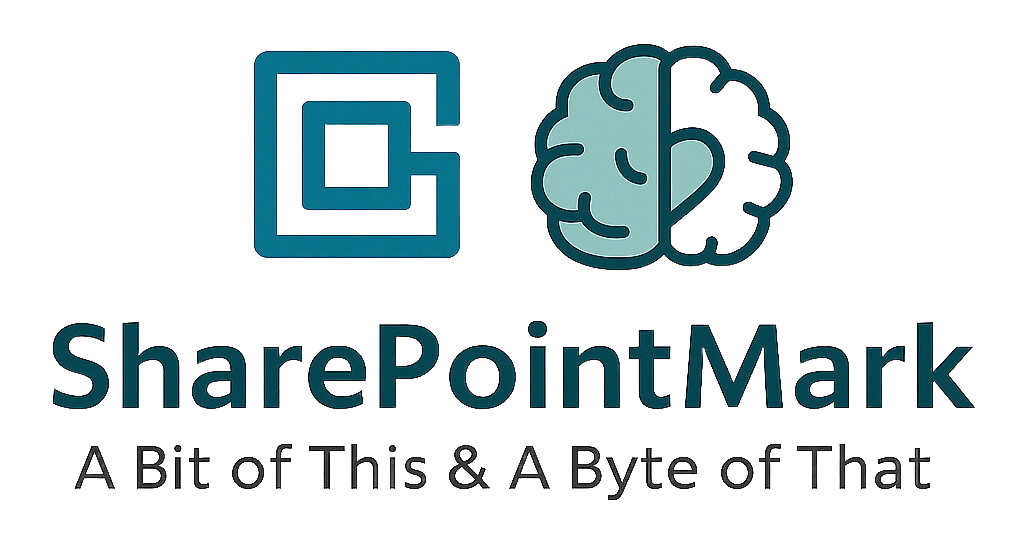Artificial Intelligence – AI: Friend or Foe

Artificial Intelligence – AI: Friend or Foe? In the last but one part of my #30YearsInIT series, I find myself turning to a topic that has stirred up plenty of curiosity, debate, and even a little anxiety across industries: Artificial Intelligence. Specifically, I want to explore Microsoft’s introduction of AI into their ecosystem, branded as Copilot. These are my personal thoughts and opinions, built on my experience as technology has moved at an unprecedented speed, and the research I’ve gathered to understand where we’re heading with AI. Let’s dive in – what does AI in the Microsoft ecosystem mean for you, your team, and your business? What Is Microsoft Copilot? Microsoft Copilot represents the next chapter in productivity tools, integrating AI to assist in everyday tasks within the Microsoft 365 environment. It’s built using OpenAI’s GPT-4 model, the latest and most advanced generative AI, designed to help people work smarter by embedding itself into familiar tools like Word, Excel, Outlook, and Teams. But what can it bring to an organisation, a project team, or end users? What does “Copilot” actually mean? A “copilot” is typically the second pilot in an aircraft, assisting the main pilot with navigation, communication, and other flight duties. In a broader sense, it refers to someone who helps or supports another person in their tasks. In the context of technology, like Microsoft Copilot, it means an “AI assistant“ designed to help users with various tasks, making their work more efficient and productive. Imagine an assistant who understands your workflows, helps write and summarise documents, automates repetitive tasks, and even provides data insights directly in your work environment – all within your Microsoft 365 apps. The promise here is one of less time spent on mundane tasks and more on creative, strategic work. Copilot can help generate content drafts, propose recommendations based on your data, and enhance meeting productivity by summarising key points in Microsoft Teams. But is it all smooth sailing? Can this AI truly be trusted to handle critical data securely and accurately? What AI Can Bring to an Organisation The potential impact of Copilot on productivity is significant. For project teams, Copilot can speed up the drafting of project plans, assist in scheduling, and generate instant data visualisations in Excel or PowerBI, helping turn raw data into actionable insights faster than ever before. The potential gains in efficiency are unmeasurable (differs based on organisation size and the experience and knowledge of existing employees) when daily or routine but time-consuming tasks are delegated to an AI assistant, allowing team members to focus on more creative, high-value work. For end users, whether they are content writers, project managers, or data analysts, Copilot can serve as a partner in drafting professional, polished emails, creating complex formulas in Excel, or even suggesting improvements to the language and structure of reports in Word. This represents a major shift in how we work no longer struggling with tasks that are outside our expertise but instead having AI to bridge those gaps seamlessly. For organisations as a whole, Copilot offers not only efficiency gains but also improved consistency in communication, quality in deliverables, and the ability to standardise best practices across the workforce. It can help businesses of all sizes make sense of their data, improve communication channels through automated meeting notes and summaries, and reduce the manual burden on support teams through AI-driven helpdesk solutions. The Risks and Concerns: Is AI Safe? With the promise of AI also comes valid questions and concerns: Is AI safe? Can we trust it with sensitive business data? What happens if it gets things wrong? Who is at fault for AI failures? Who is blamed? These are the questions I believe every IT leader, manager, and even end user is asking, and rightly so. Data Security and Compliance: One of the key assurances Microsoft offers is that Copilot is built on top of Microsoft’s security, compliance, and privacy controls. The data used by Copilot is not trained on external datasets or used to train the broader AI model it remains within the boundaries of the customer’s Microsoft 365 tenant. This distinction is crucial for maintaining data privacy and ensuring compliance with regulations such as GDPR. For organisations that have spent years building secure on-premises environments, these guarantees are paramount to feeling comfortable transitioning to AI. Accuracy and Reliability: Copilot, like all AI, is not 100% accurate. There is always the risk of inaccuracies, especially when asked to generate content, write development code, or summarise complex discussions. Microsoft has acknowledged this by positioning Copilot as a collaborative partner (an assistant, an agent) rather than a standalone solution. It’s meant to enhance human creativity and productivity, but the responsibility for checking and verifying the output ultimately remains with the user. This approach makes sense; AI can be incredibly powerful, but without human oversight, mistakes are inevitable and if not tested, documented, or managed can lead to unknown and unimaginable challenges and failures: Preventing Abuse and Misinformation: Microsoft is aware of the potential for abuse using AI to spread misinformation or for malicious purposes such as click-bait, phishing, or fraudulent activity. To combat this, the company has implemented Guardrails, a series of measures designed to prevent misuse. This includes content moderation filters, abuse detection systems, and monitoring capabilities that can detect and stop the abusive use of AI. By ensuring that Copilot is embedded within Microsoft’s trusted environment, the goal is to mitigate these risks and provide users with tools that are as safe as possible. An Argument: The Future of AI – Is It the Best Path Forward? AI is undeniably a powerful tool, but it also introduces complexities that can make decision-makers hesitant. For many organisations, the thought of AI generating content autonomously feels uncomfortable, particularly for those accustomed to tight control over
